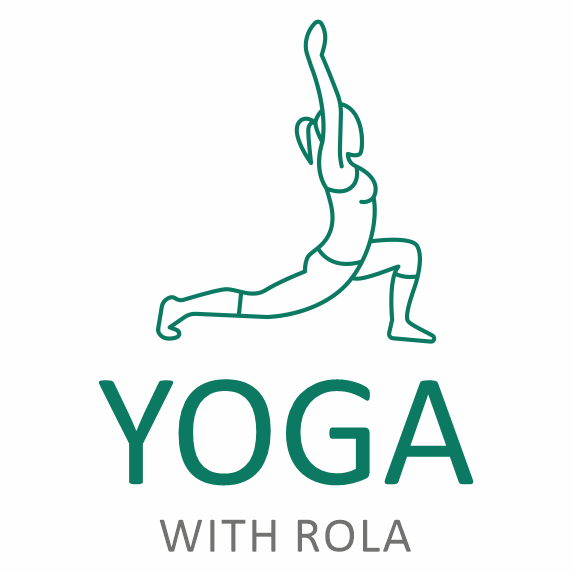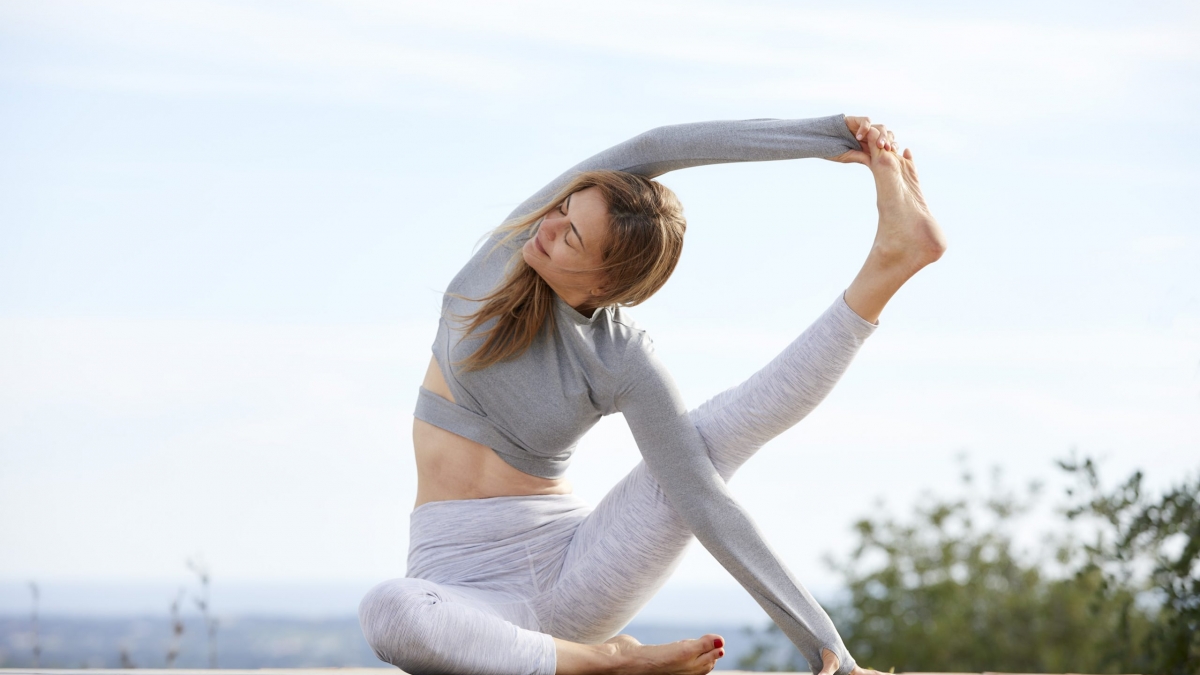As on-line yoga continues to grow and go mainstream, classes around “happy hips” with a focus on hip-opening asanas have grown in popularity. And for good reason. There is a sense of physical release when one stretches the area associated with the hips, helping the range of motion on and off the mat — especially relevant in COVID times as many of us are spending hours sitting at home in front of screens (although tight hip muscles can be caused by overuse, for example if you regularly run or cycle).
Energetically, yoga tradition also holds that tights hips are storage of negative emotions. As one yoga teacher put it, hips are the body’s junk drawer.
While releasing that emotional charge and creating freedom in the body to move more easily, hip-focused yoga should be approached mindfully. Particularly if you are still new to yoga and starting your journey online, here are a few red flags to consider before you push your way to open hips.
- Learn your anatomy: Like the term core, hips is often a term used loosely in yoga classes. The hip joint is a ball and socket joint, where the femurs, or thigh bones, meets the pelvis. The related area around the joint consists of the pelvis, lower spine, and upper leg bones as well as all the muscles and tissues that hold them together. So when you hear an instruction of placing feet in line with your hips (for example in Mountain Pose), the teacher is trying to guide you to place each foot directly under the place where the femur inserts into the pelvis for the greatest stability. While this is not an exact distance, it helps orient practitioners not to place feet too far apart or too close together.
- Respect structural limitations: Many students have structural bone limitations that prevent them from ever moving into the “full expression” of certain yoga postures. While with regular practice we can work on the flexibility or tightness of the muscles, (never forcing), skeletal differences means that people’s skeletons vary widely to each other. Some people have more limited external rotations then others no matter how much they practice, and postures need to be adapted accordingly.
- Balance strength with flexibility: Stretching the muscles that surround your hip can help the mobility of the jointwhile lubricating the surrounding connective tissue. However, strengthening the muscles around the hip joint is as important for stability and balance. Particularly for people with hypermobile tendencies, strengthening exercises provides “containment” and steadiness preventing possibility of future injury from wear-and-tear and hyperextension.
- Balance effort and effortless: Be aware of your body’s limitations and recognize when too much effort is forcing you into a hip opening pose, or when you are not doing enough, i.e. there is too much ease. A good way to finding the right balance between effort and ease in your yoga practice is through the breath. Observe if you are breathing in a steady manner. If you struggling to breathe deeply then you have probably gone too far. Again, the goal is not to force yourself into the asana, or physical posture, but adapt the asana to your needs and structural limitations.
Next time you hear about a hip-themed class that promises to release, open, loosen, unclench or any other similar adjective, remember to assess your own needs and honor your body in a holistic way, safeguarding against unnecessary injuries. In the long run, moderation and mindfulness is the way to go.



Add a Comment